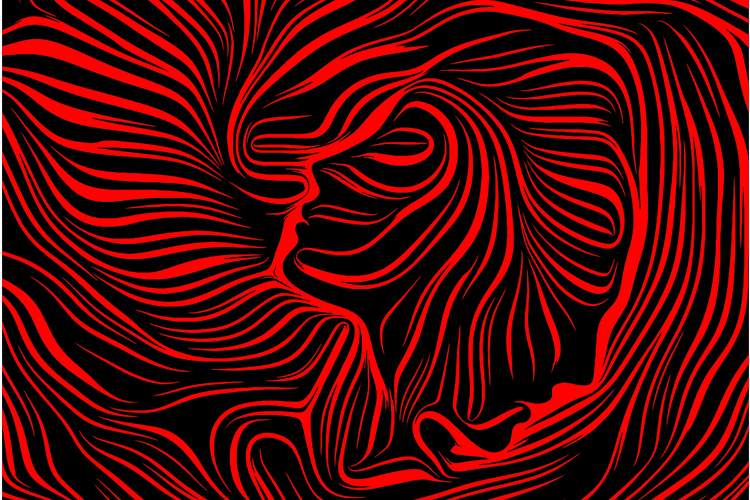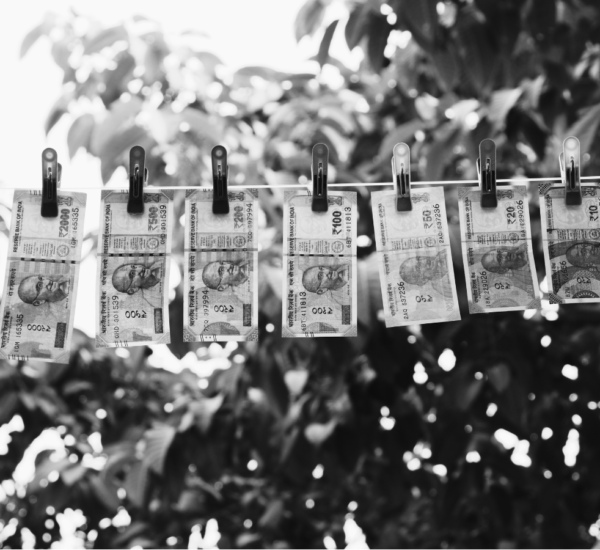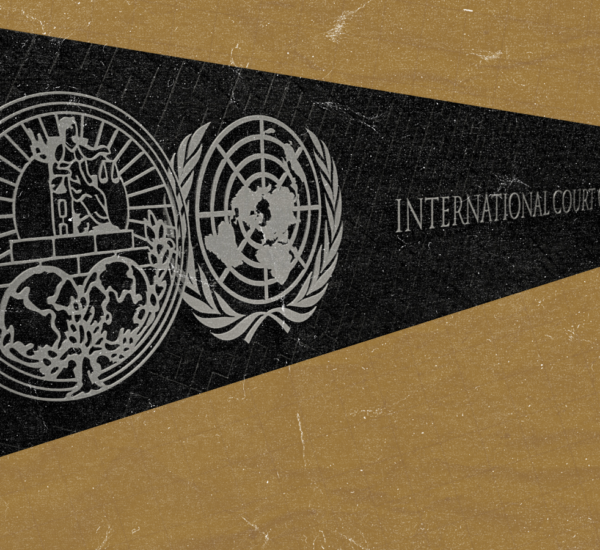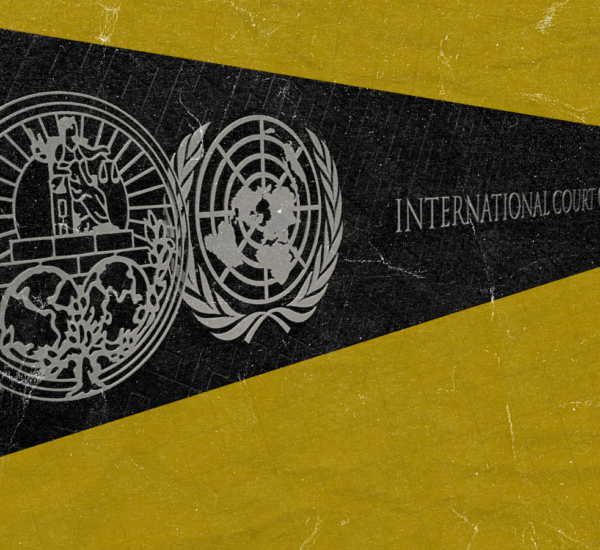
C P Shruthi

Soumya A K
Recently, a petition filed before the Supreme Court sought directions to ensure prevention of suicide attempts in zoos. The petitioner citing instances of persons throwing themselves in animal enclosures (due to which zoo authorities had taken to chaining the animals) argued that directions must be issued to prevent such attempts. The CJI observed that the court could not stop persons from jumping into the enclosures. However, in a curious turn of events, the Supreme Court called upon the Attorney General to submit an affidavit justifying the validity of s.115 of the Mental Health Care Act, 2017 (MHCA). s.115 provides that any person who attempts suicide shall be presumed to be under stress, unless proved otherwise and shall not be tried or punished under the Indian Penal Code, 1860 (IPC). Considering the court is seeking a response from the Centre on the validity of s.115, it is unclear why the order goes onto tag this petition with the batch of petitions challenging the constitutional validity of s.309 (attempt to commit suicide) of the IPC which appears to be a distinct issue.
The bench highlighting the conflict between and s.115 of the MHCA and s. 309 of the IPC commented that s.115 virtually negates s.309 of the IPC. A simple reading of s.115 shows that the presumption of severe stress is a rebuttable one and as such does not negate s.309. The CJI also opined that not all persons who attempt suicide are under extreme stress or of unsound mind. To substantiate, the CJI gave two examples- “Some priests and monks have killed themselves in protest and they were found to be in complete calmness of mind. There are also people who do Santhara. The intention of Santhara is to not commit suicide, but to liberate yourself from this miserable world.” It appears that the CJI has attempted to draw a distinction between types of suicide implying the need to retain s.309 of the IPC. This piece argues that neither of the examples relied upon make a case for retention of s.309 in the IPC.
Judicial landscape on decriminalisation of suicide
Before we analyse the CJI’s comment, it would be important to briefly outline the judicial landscape on the decriminalisation of suicide. While the introduction of the MHCA would appear to be the first concerted attempt to decriminalise suicide, Indian jurisprudence has a mixed history on the subject. Historically, the courts have relied on the argument of ‘sanctity of life’ to exclude the freedom of choice to extinguish one’s own life (including involving others to carry out this choice). In 1985, the Delhi High Court recommended deletion of s.309 calling it anachronistic and unworthy of a humane society. The bench highlighted that persons who attempt suicide should be treated instead of being sent to prisons. The Bombay High Court while discussing Article 21 held that the right to live would also include the right to die. The court observed that fundamental rights need to be read together and what holds true for one would also hold true for another. Thus, Article 21 like other Articles (Article 14, 19) would have both negative and positive aspects i.e. the right to live as well as the right to die. In P. Rathinam v. Union of India, the Supreme Court agreed with the holding of the Bombay High Court on Article 21 and observed that suicide was a psychiatric problem and not a manifestation of criminal instinct. P. Rathinam was soon overruled by a constitutional bench in Gian Kaur v. State of Punjab which observed that Article 21 protects the right to life with dignity and all such aspects that make one’s life dignified may be construed as forming part of Article 21. However, it does not cover aspects that result in extinguishment of life. The significant aspect of ‘sanctity of life’ is also not to be overlooked. As suicide is an overt act resulting in unnatural termination of life, it does not find protection under Article 21. Again in 2011, the Supreme Court observed that it was time to delete s.309 from the IPC as it was anachronistic. In a recent 2018 judgement, Common Cause v. Union of India, Justice Chandrachud commented that s.309 needs to be revisited in view of the domestic and international developments pointing towards decriminalisation of suicide. By permitting passive euthanasia in certain situations, the Supreme Court has decidedly moved away from viewing the sanctity of life and the right to die in such absolute terms. The push for decriminalisation of s.309 is also evident in the recommendations made by the Law Commission of India its reports. The 210th Report (2008) recommended the deletion of s.309 from the IPC. While the report recognizes life is a gift given by God and he alone can take it, it goes onto state that punishing a troubled individual would be cruel and irrational. It is in light of this discourse that we will now proceed to deal individually with the examples relied upon by the CJI.
Santhara- Right to die with dignity?
The first example is of the Santhara ritual which as the CJI states is to liberate oneself from this miserable world. It is relevant to point out that Santhara is not practiced to ‘liberate oneself from this miserable world’. Santhara or Sallekhana is an act of fasting to death that can be undertaken only in certain situations, such as extreme old age, terminal illness or where natural death is near. This was also recognized in Maruti Shripati Dubalwhere the Bombay HC observed that the right to die is accepted in certain religions (Hinduism and Jainism) depending on the person and the particular circumstances. The bench referred to ancient Jain scriptures that discuss abandonment of the body in situations of calamities, famines, extreme old age, and incurable disease. The Santhara ritual came into the limelight in 2015 after a bench of the Rajasthan High Court observing that it was not an “essential religious practice” declared it illegal. This court held that any attempts to practise Santhara would fall under s.309 of the IPC. A year later, the Supreme Court stayed the order of the Rajasthan High Court and the case is currently pending before the Supreme Court.
This concept of voluntary death (in specific situations) also finds place in discussions around euthanasia and the right to die with dignity. In Common Cause vs. Union of India, the court held that passive euthanasia would be allowed in cases where the individual has a terminal illness or is in a vegetative state. The judgement makes it amply clear that voluntary death, either sanctioned by religion or otherwise, is permitted when an individual is not “living a life of dignity”. Similarly, the court while upholding passive euthanasia has construed Article 21 to take within its ambit the right to die with dignity including the dignified procedure of death. Akin to Santhara, the Supreme Court has only allowed passive euthanasia to be used in very few situations. Whether the practice constitutes the essential tenets of Jainism or not is outside the purview of this article but there appears to be a consonance between law and religion on the idea of voluntary death.
Buddhist Self Immolations and Altruistic Suicides
The other example cited is of monks burning themselves in protest. The CJI’s comment reveals an individualistic and an improper understanding of the different factors that are at play in coercing an individual to take their own life. There seems to be no material basis to conclude that the Buddhist monks who burn themselves as a form of protest have a ‘certain calmness of mind’. Crucial to any discussion on the act of voluntary death or suicide is to remember that it is an act of self-destruction. It is unclear how burning as a form of protest is delinked from stress as much as it shows that a person felt compelled to take extreme measures to be heard.
The picture of the Buddhist monk Thich Quang Duc who burned himself to death on Saigon street against mistreatment of the Buddhist community is a stark visual that signified the wave of political protests that engulfed Vietnam in the 1960s. Quang Duc’s act of self-immolation has since been followed by a number of Buddhist monks in Tibet as an act of political protest against the Chinese government. The fact that an act of self-immolation is one of the most extreme forms a protest can take, demonstrates that there are multiple factors at play when an individual decides to take their own life and signs of it may not always be visible.
A number of sociologists have interpreted the act of self-immolation as a form of altruistic suicide which occurs as a result of the individual feeling overwhelmed by the goals and beliefs of the community. The first use of the term was made in one of the earliest methodological studies on suicide, conducted by French sociologist, Emile Durkheim. In his book, Le Suicide 1897, he proposed four types of suicide, based on the level of integration or regulation in societies. Altruistic suicide, he argues, occurs as the individual is too strongly integrated into the life of the group and it is this excessive integration and identification with the group’s cause that leads one to put the collective group goal over their own life.It is seen as a sacrifice to save or benefit others and to bring attention to a greater cause, those who sacrifice themselves are seen as martyrs. As these acts get a lot of media traction, it might explain why some persons feel the pressure to resort to it to bring attention to the issues that a group or community may be facing. To say that these protestors need to be punished because there is a visible ‘calmness of mind’ is to put behind years of discrimination or exploitation that these individuals and communities may have sustained which ultimately culminated into an act of self-immolation. It would also be naive to arrive at this determination purely based on a subjective evaluation of one’s demeanor. A holistic understanding of what makes an individual take the ultimate step of ending their own life requires an appreciation of a number of biological, psychological and sociological factors and not merely making a distinction between suicides based on a narrow understanding of the term ‘severe stress’.
Diathesis Stress Model of Suicidal Ideation
Some of the leading causes of death by suicide mentioned in the NCRB report are family problems, illness, marriage related and love affair issues, unemployment, failure in examination etc. Would it be fair to say that “stress” of some degree forms the core of all the causes mentioned above?
The Diathesis-Stress model is a psychological model that looks at stress as the primary determinant of a disorder or its trajectory provides some answers. It is based on the idea that each individual has some inherent vulnerability to develop a disorder and the onset of the disorder is triggered by the individual’s experience of stressful events. However, the severity of the event or the degree of stress needed to trigger the onset of the disorder is determined by the extent to which the individual is inherently exposed. So, some individuals with a higher degree of predispositional factors (genetic, psychological and physiological factors) may in fact need very little external stimuli or environmental stress to induce suicidal intent. It is important to remember that it is the interaction between the predispositional factors and the stressors that determine the risk of suicide and not the stressors working in isolation. This also explains why all individuals confronting a similar set of life circumstances may not attempt suicide at all. The model contributes to our understanding of how the risk for suicide keeps fluctuating as the environmental stressors that a particular individual is exposed to may not remain constant throughout their life. The dynamic nature of the interaction between the stress and vulnerability and the fact that some of these predispositional risk factors are hard to identify by a lay person makes it very difficult to assess the intent behind the suicidal attempt.
The current wording of the section presumes in favour of the person who attempts suicide that he/she was under severe stress. The onus to rebut this presumption is on the police authorities so as to disentitle persons from invoking s. 115 of the MHCA. The ambiguity highlighted above of what constitutes severe stress shows that it cannot be viewed in categorical terms of falling under ‘severe stress’ or ‘not severe stress’. With very little material within the Indian jurisprudence to engage with it, it is susceptible to subjective and prejudiced evaluations.
Conclusion
A holistic and informed understanding of attempt to suicide reveals that neither of the examples relied upon by the CJI make a case for retention of s.309 of the IPC. A look at the leading causes for dying by suicide mentioned in the NCRB report only substantiate our argument that s.309 has no place in the IPC. There has been a 3.4% increase in the number of suicides in 2019, 42% of the total number of suicides constituted persons below 30 years of age. These numbers indicate that there is an urgent need to revisit attempt to suicide from a wellness and treatment based approach. The first step towards that would be to recognise and acknowledge that the person attempting suicide is in pain. This is only possible when we move towards a clinical care centered approach instead of passing moral and legal comments/judgements. Despite the 2018 Supreme Court judgement, there has been no progress on decriminalising attempt to suicide. The National Crime Records Bureau (NCRB) recorded 1637 cases under s.309 of the IPC in its 2019 report. In this context, the presumption envisaged under s. 115 of MHCA becomes crucial. It would be worthwhile reconsidering the wording of the section as the term ‘severe stress’ would lead to unnecessary ambiguity and confusion. The courts need to be mindful and make concerted efforts to move away from a narrow and categorical view of mental health towards a more multidimensional and holistic understanding of these issues. In line with the 210th report and the general trend, we must push for deletion of s.309 from the IPC as it is inhuman, irrespective of whether it is constitutional or unconstitutional.
C P Shruthi is a part of the Mitigation Team and Soumya A K is a part of the Mental Health and Criminal Justice Team at Project 39A.





